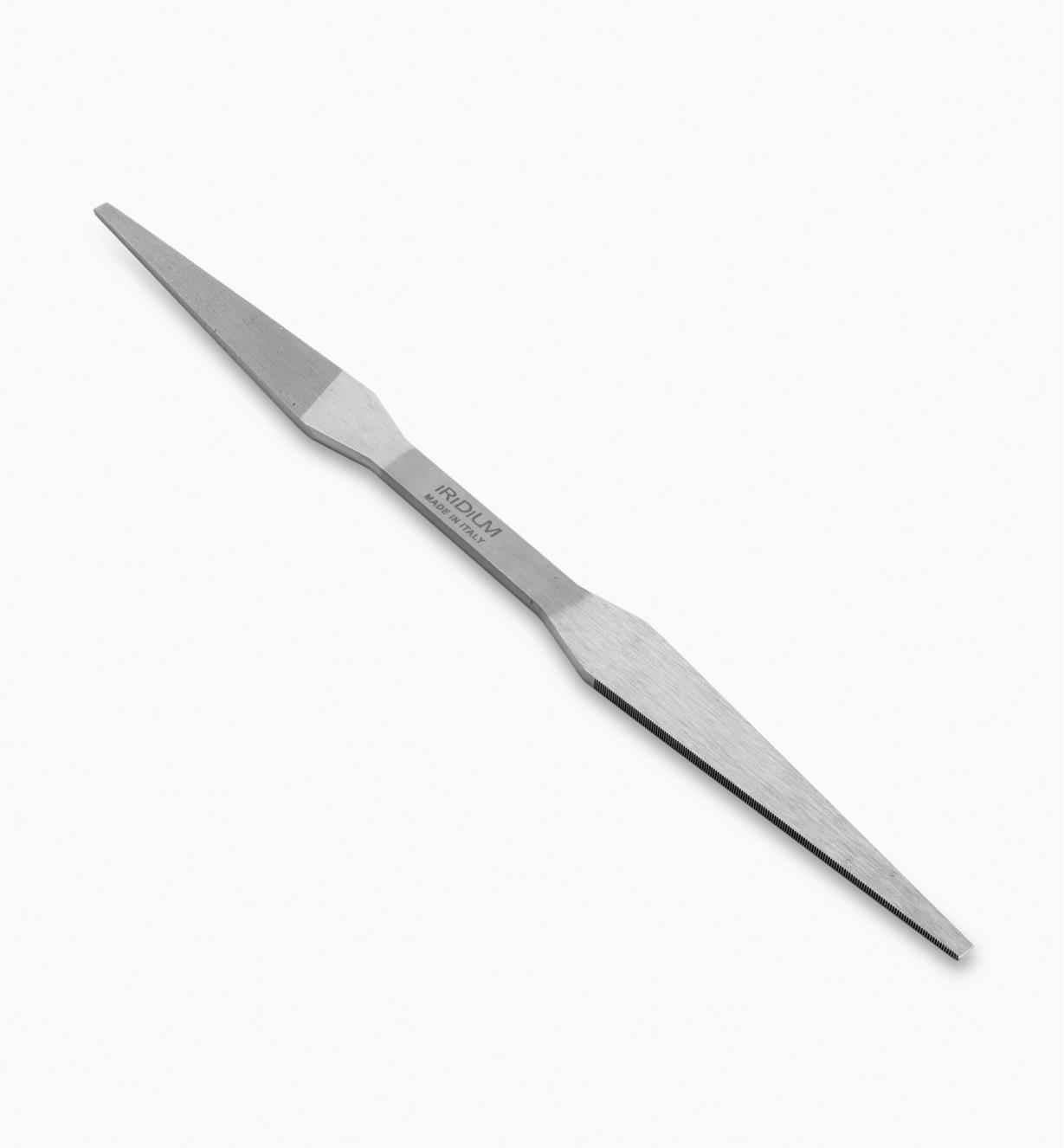I'm getting ready to make several stopped grooves for an upcoming project. I will be making them on the table saw and will need to clean out the "ramps" on the ends after sawing them. The grooves are going to only be .216" wide x .250" deep, so my narrowest chisel (6 mm) is too wide. Should I just buy a cheaper brand of chisel and grind it narrower? Is there another tool more suited to the job? Please don't suggest routing the grooves instead, as I would still need to clean up the rounded corners and I'm very concerned about tool life trying to plunge onto a 1/8" bit.
Thanks for any help you have to offer.





 Reply With Quote
Reply With Quote










